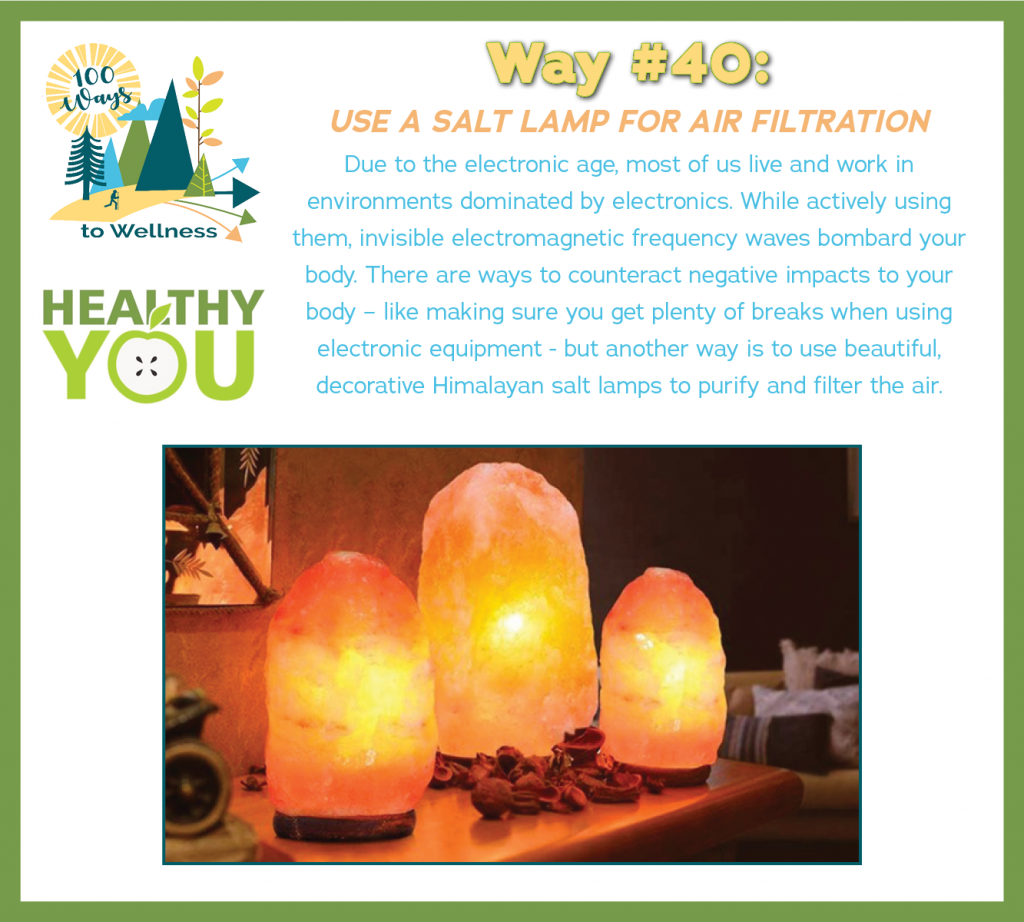
Due to the electronic age, most of us live and work in environments dominated by electronics. While actively using these devices, invisible electromagnetic frequency waves bombard your body.
There are many ways to counteract these impacts to your body – like making sure you get plenty of breaks when using electronic equipment – but another way is to freshen the air with beautiful, decorative Himalayan Salt Lamps.
The basic premise behind a salt lamp is that moisture in the air binds to bacteria and other environmental pollutants. The heated salt draws those water molecules to the lamp and the moisture evaporates, trapping the air pollutants in the surface of the salt lamp. Additionally, the salt creates negatively charged ions that counteract positively charged ions produced by electronic devices.
Keep in mind that not all salt lamps are created equal. Be sure to read about salt sourcing before buying one. Look for one that has been made from pure Himalayan salt in order to enjoy some of the air purifying benefits!




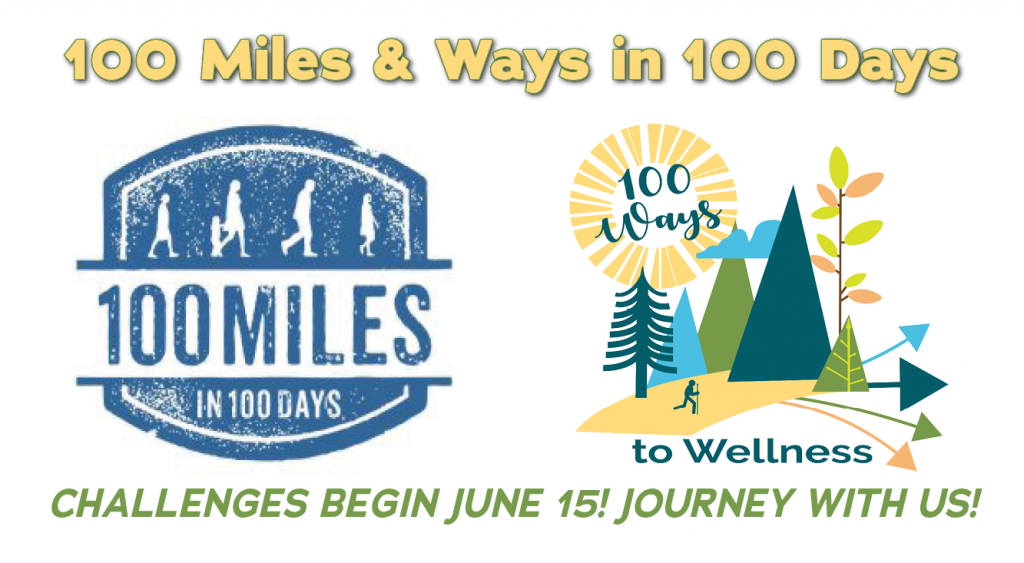
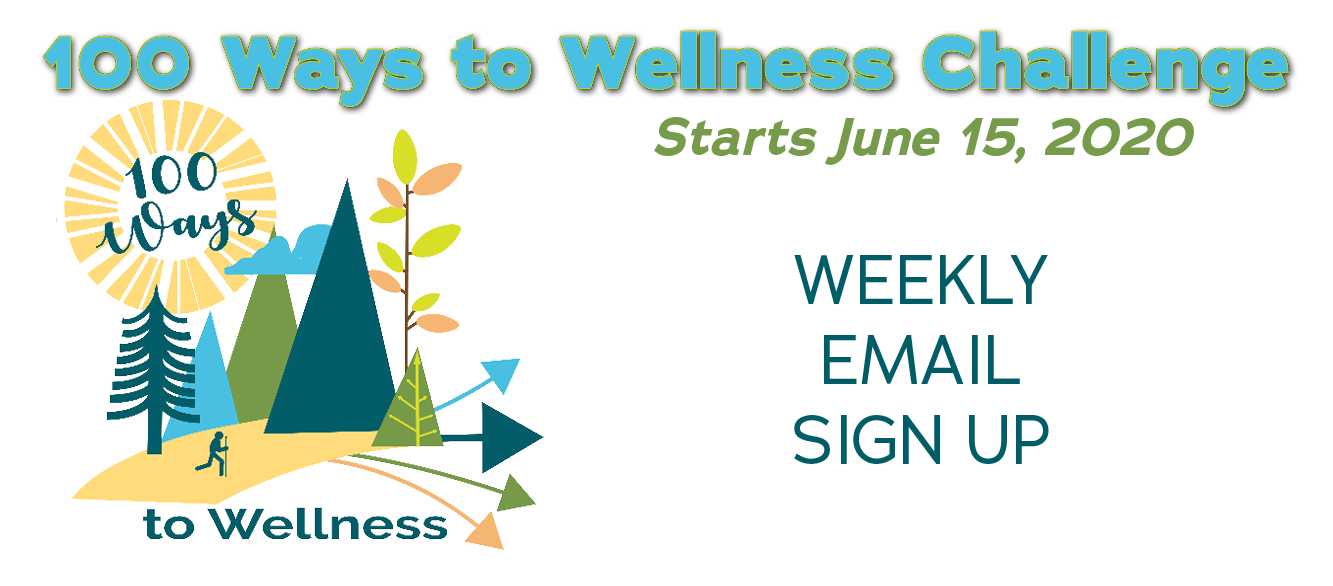
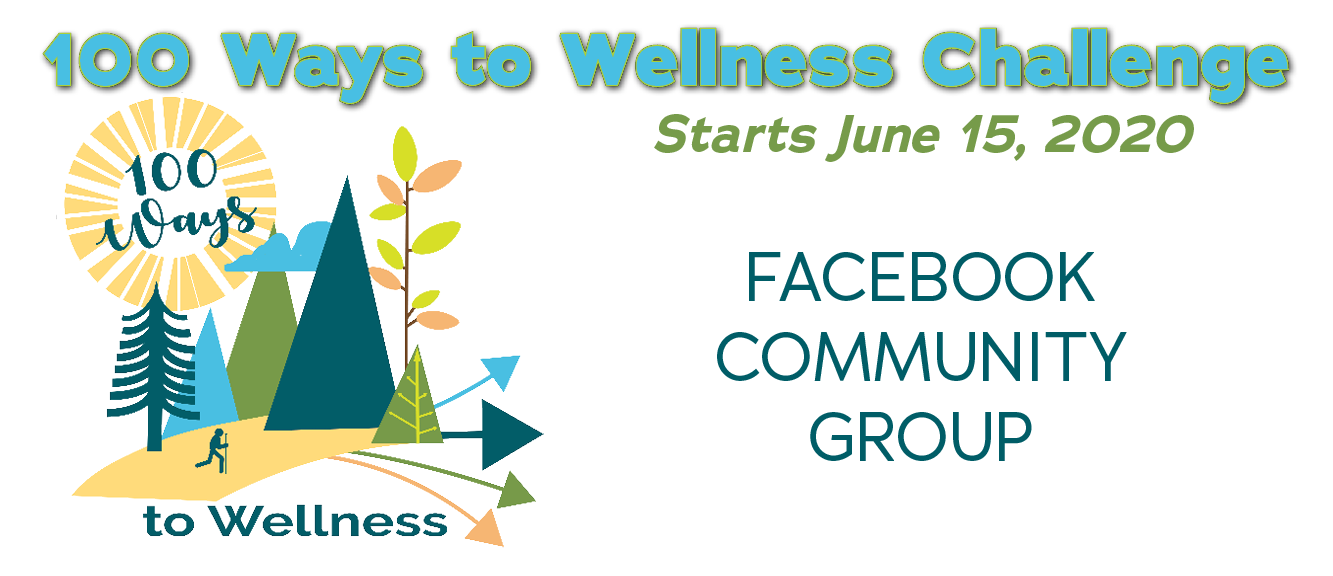


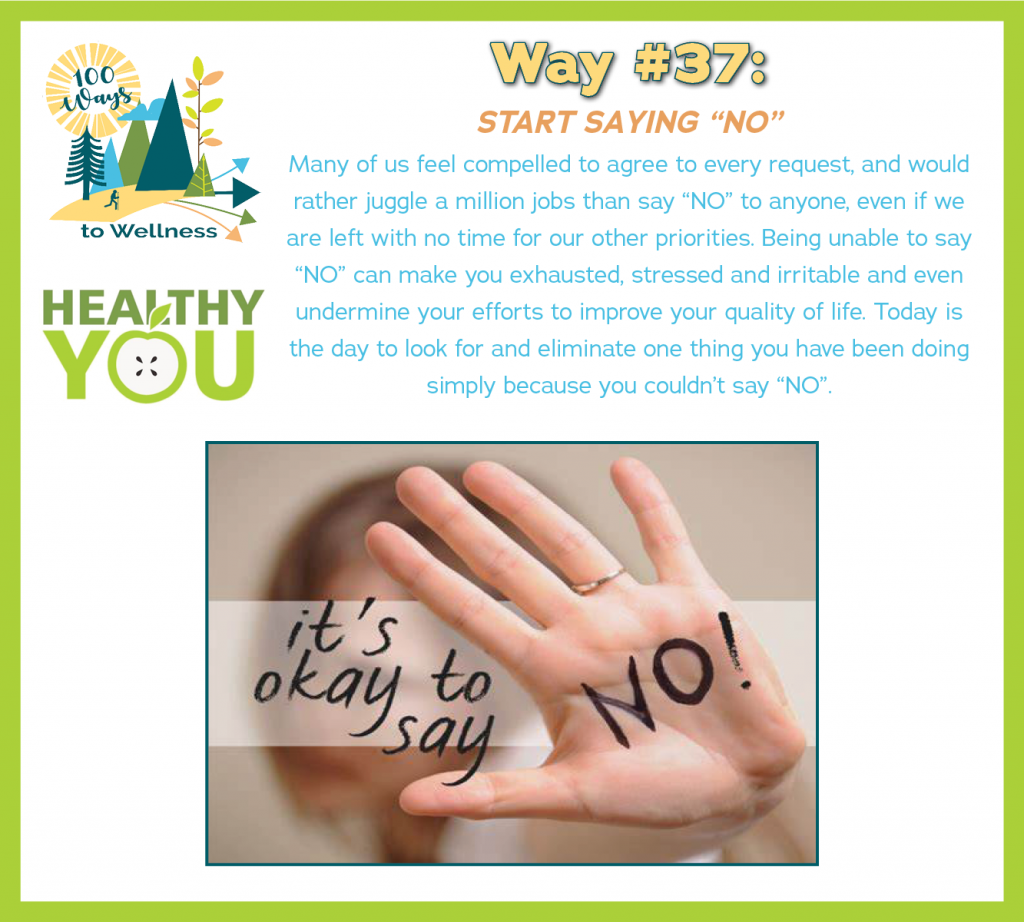

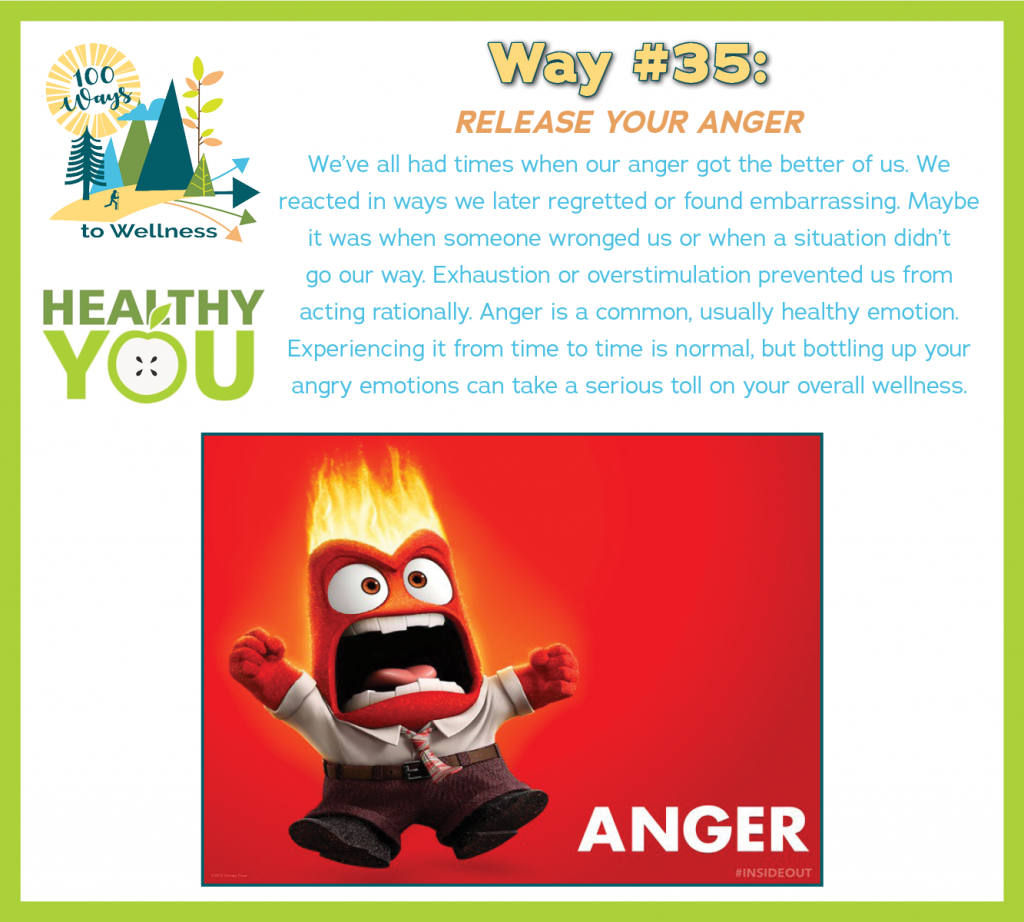
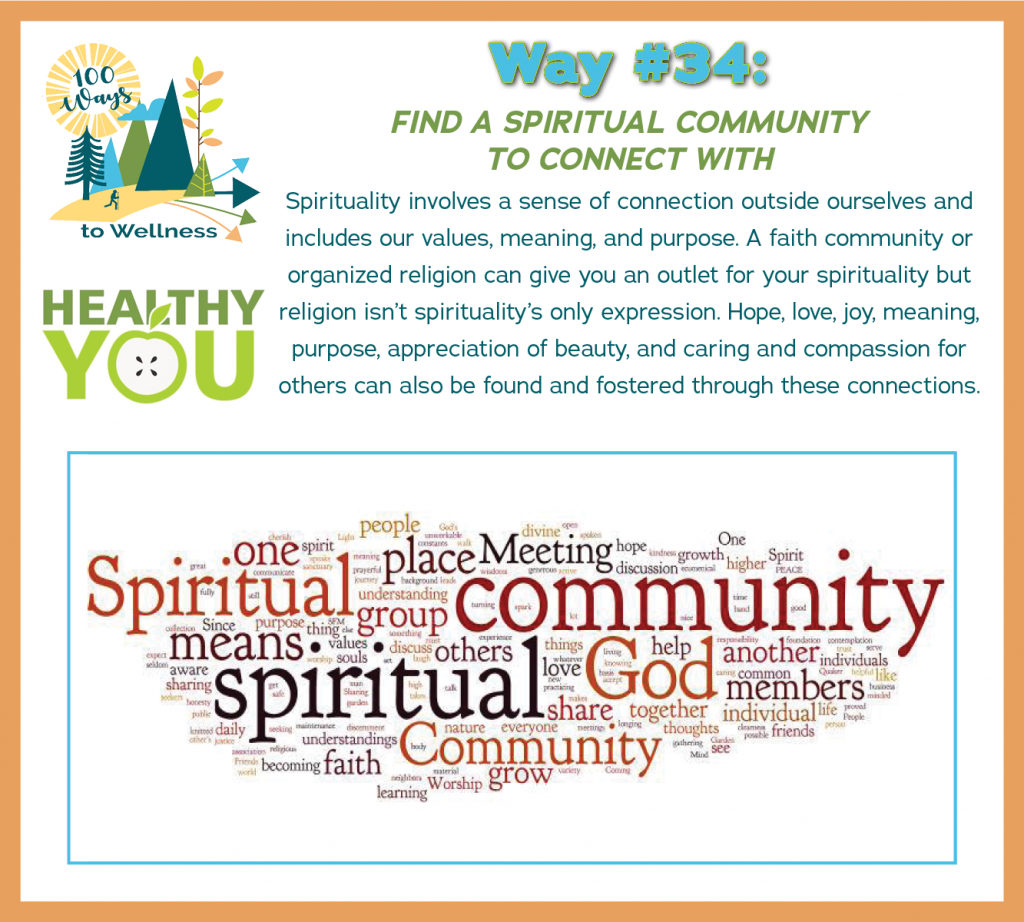
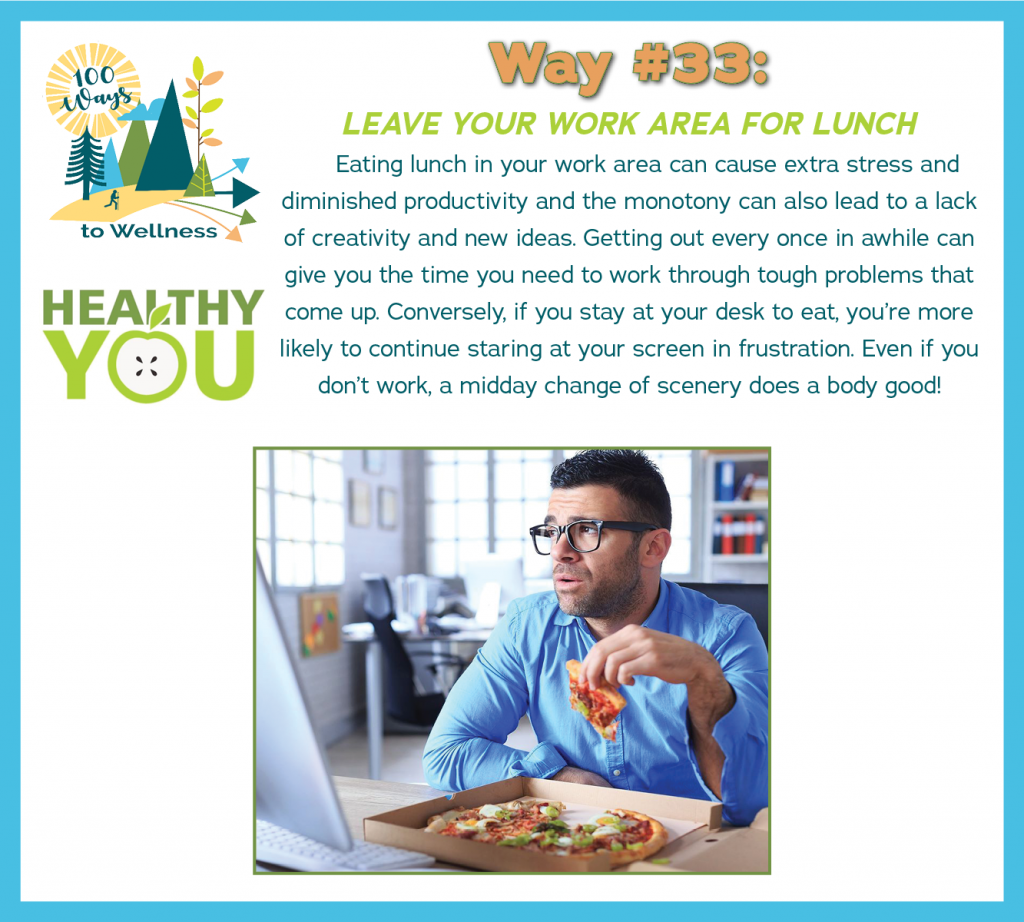
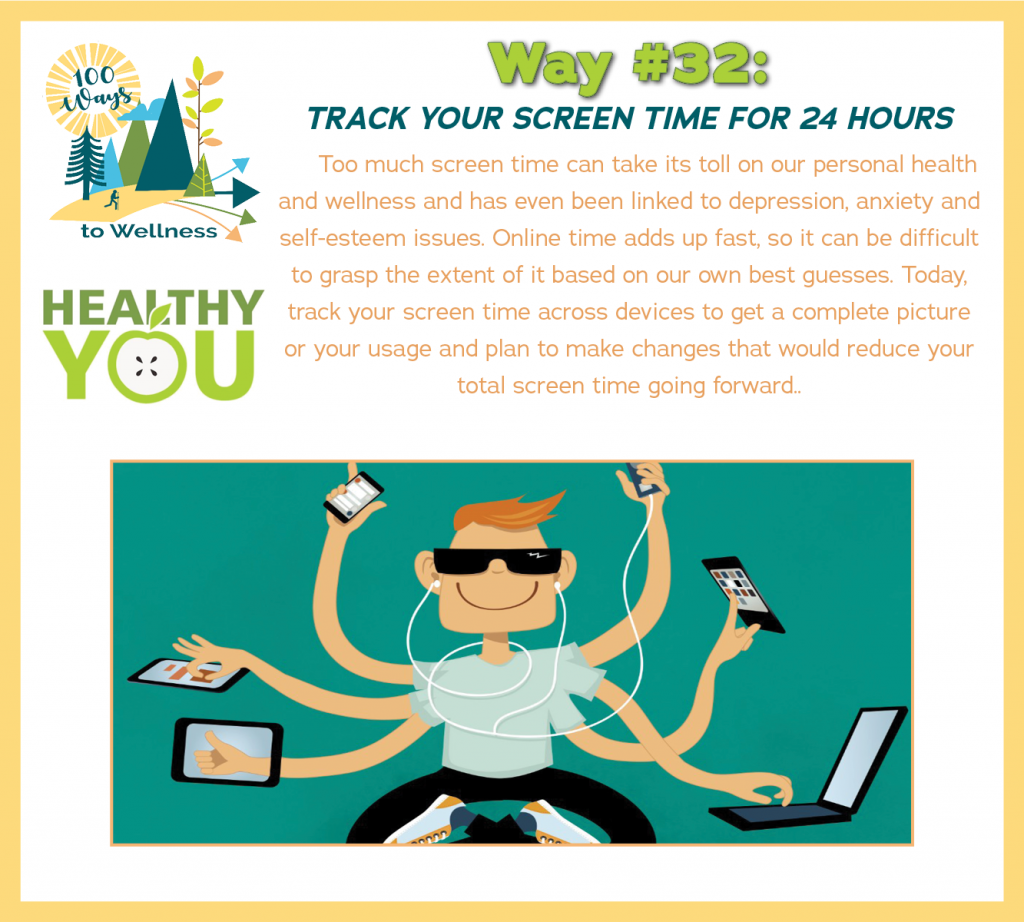
 Food gives us energy, sustains us, keeps us alive. It’s a basic need like clean water and air. The food we eat shouldn’t contain chemicals that can make us sick.
Food gives us energy, sustains us, keeps us alive. It’s a basic need like clean water and air. The food we eat shouldn’t contain chemicals that can make us sick.